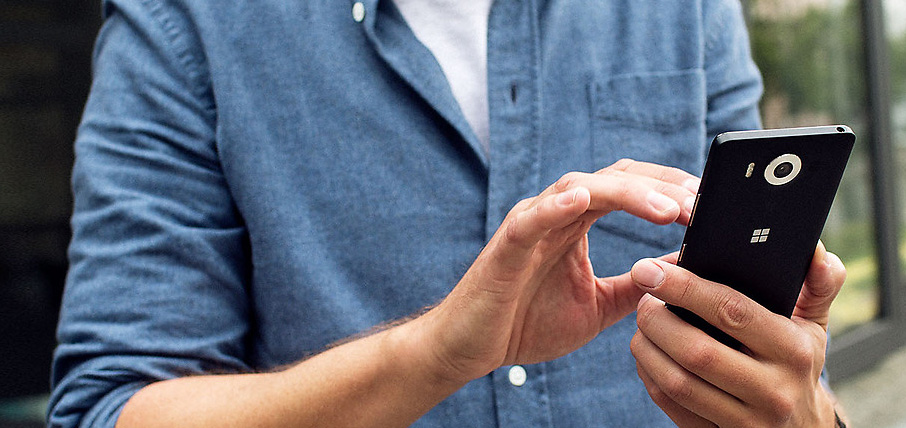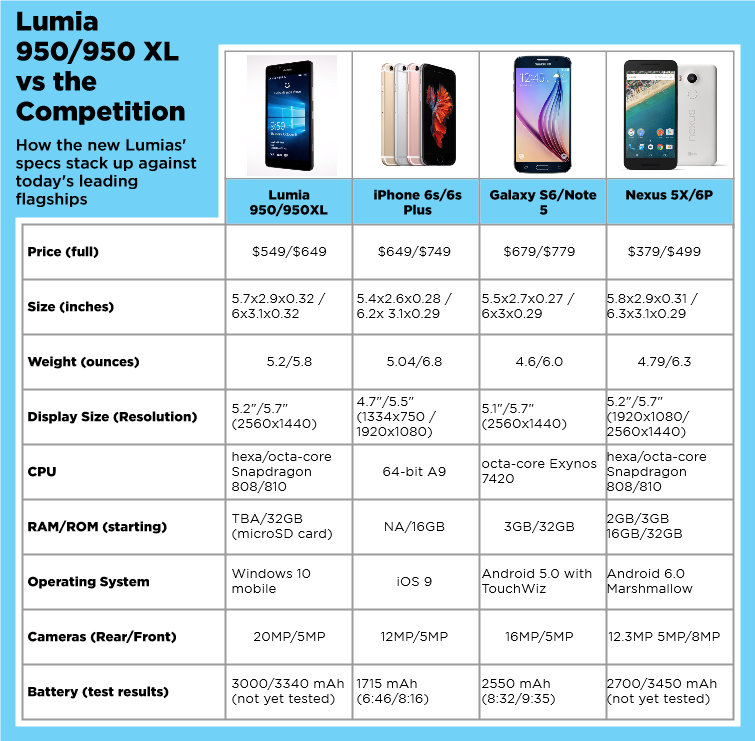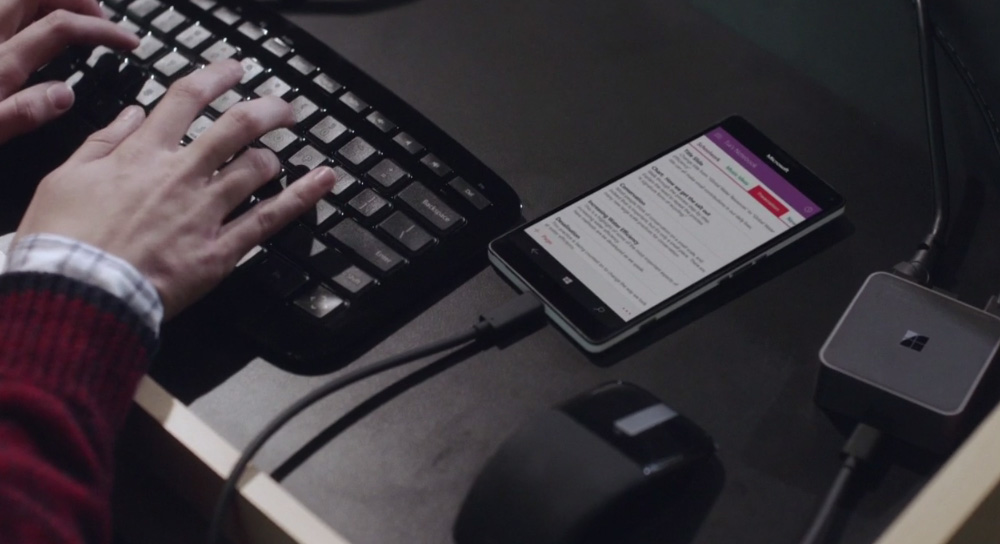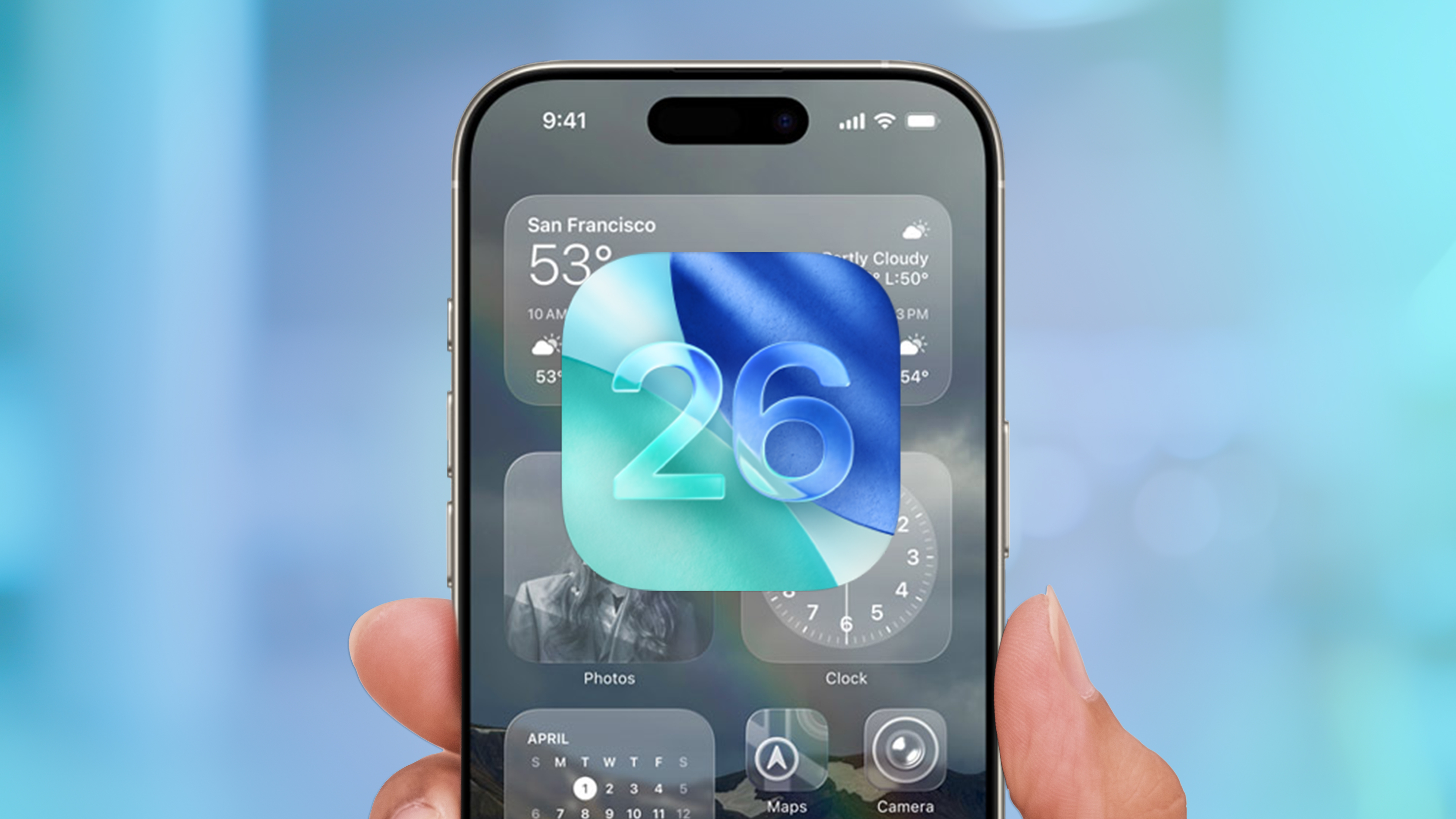New Lumia Phones: How They Stack Up to iPhone, Galaxy and Nexus
Microsoft is joining the smartphone battlefield with two new flagships. How do the Lumia 950 and 950 XL stack up to the competition?


The battle of the tech titans for smartphone supremacy just got bigger, as Microsoft joined the fray with two new flagship Lumias. The 5.2-inch Lumia 950 and 5.7-inch 950 XL, offer high-resolution screens, super sharp cameras and Windows 10 mobile for a starting price of just $549. Does Microsoft have what it takes to beat Apple, Samsung and Google?
Possibly the biggest draw of Microsoft's latest flagships is they let you carry around a PC in your pocket. Thanks to Microsoft's Continuum feature and the new Microsoft Display Dock, the new Lumias can run the desktop version of Windows 10 and let you connect your phone to a mouse, keyboard and monitor. The Lumias come with free subscriptions to Office 365 apps so you can run Powerpoint, Word and Excel wherever you are. While you can do this with some Android devices already, those tend to be third-party options that aren't optimized to work with the operating system in the way that the Lumias are.
MORE: Best Smartphones -The Top-Rated Phones on the Market

The Microsoft Display Dock appears to be an accessory that's sold separately; there's no word on what it will cost. The dock will also let you plug in removable media, such as flash drives.
Photography fans will also love the new 20-megapixel cameras that Microsoft offers. The cameras come with a triple RGB flash that promises better skin tones in low-light shots. That's the sharpest sensor of the lot. The Lumias also include fifth-generation optical image stabilization for sharper, clearer pictures, and they record 4K video, as well. All other phones in this comparison also shoot 4K video.
Instead of fingerprint sensors for easier and more secure unlocking, Microsoft offers Windows Hello, a face-recognition system that uses infrared camera technology to let you into your phone when you look at the screen. Hello worked within a second during the launch, but it's not yet clear how quickly and conveniently it will work compared to Apple's TouchID or Google's Imprint fingerprint detection methods yet.
Like the Nexus phones, the new Lumias boast USB Type-C reversible charging ports with fast charging so you can recharge your phone more quickly than before. In fact, Microsoft says you can get from 10 percent to 50 percent power in just 30 minutes of charging. The Lumia 950 also has the largest battery pack of the group of smaller flagships, while the Lumia 950 XL has the second-largest power pack, losing only to the Nexus 6P.
Get instant access to breaking news, the hottest reviews, great deals and helpful tips.
MORE: What is the World's Fastest-Charging Phone?
Of the lot, Microsoft's new phones are the only ones that feature a removable battery as well as a microSD card slot. That's a big deal for those who want to easily replace their batteries or add storage to their phones.
A notably missing feature from the Lumias, however, is NFC (Near Field Communication). To power their mobile payment systems, Apple, Samsung and Google have kept NFC capability in their phones. Since Microsoft doesn't yet have a mobile payment platform such as Apple Pay, Samsung Pay or Android Pay, it makes sense that the flagships don't include this feature. However, those who want to buy things by just tapping their phones at payment terminals may be turned off by this omission.
With a hexa- or octa-core Snapdragon processor, the Lumia 950 and 950 XL should provide capable performance. The new Microsoft handsets also come with super sharp 2560 x 1440 displays, rivaling devices from Samsung and Google. With similar specs to the competition at about $100 less than Apple and Samsung, the $549 Lumia 950 and 950 XL ($649) seem like steals. We'll have to put the new handsets to the test to see how they really stack up to the competition, so stay tuned.
Cherlynn is Deputy Editor, Reviews at Engadget and also leads the site's Google reporting. She graduated with a Master’s in Journalism from Columbia University before joining Tom's Guide and its sister site LaptopMag as a staff writer, where she covered wearables, cameras, laptops, computers and smartphones, among many other subjects.
-
dmelo92 FYI These Lumias do have NFCReply
http://www.microsoftstore.com/store/msusa/en_US/pdp/productID.326602300?icid=icid_us_catp_modg_phn_citytalk_100615lnch -
Andytech Believe it or not a lot of people use sites like this to get an idea as to what would be the best suited piece of hardware to buy.Reply
The least you would expect from someone who ports to know the answers is to get the facts correct.
I must admit I used to be a big fan of Toms site but recently some of the very basic mistakes they have made in reviews and sometimes very bias views made me think twice about recommending to people who want honest info.
Try going back to how it used to be unbiased correct factual information please, you fast becoming the same as all the other nonsense out there

